Micellar Water Deep Dive

Micellar Water - what is it exactly? It's not just water, but it’s not quite soap either. That’s what makes it magic: it works as a gentle cleanser and a makeup remover because it contains micelles, which are naturally occurring spherical structures that form when a surfactant molecule interacts with water. Although there are usually other components to micellar water, the basic science of how these products work depends on the structure and function of the micelle itself.

There are a few pairs of opposites to keep track of here, but just bear with me. Surfactant molecules have two components, a non-polar tail and a polar head. Non-polar can also be thought of as hydrophobic (water-fearing - like never learned to swim, hates the pool), which means it must also be lipophilic (oil-loving - like an Italian grandmother with olive oil). In contrast, polar molecules are also hydrophilic (water-loving - like Daryl Hannah in "Splash") and therefore lipophobic (oil-fearing - AKA the worst diet ever).

In this image the yellow tails are non-polar & white circles are polar heads
When introduced to water, the micelle’s non-polar tails (Nonna who can't swim) naturally cluster together as they try to get away from water. The polar heads (oil-free mermaids) group into an outer ring which is able to interact with water. Still with me?
When the surfactant molecule comes in contact with the skin of our faces, the oil-loving tails will trap dirt and oil within a micelle. Since the outer shell of the micelle still likes water, the contents within can be rinsed away.

Although soap works the same way (click HERE for more info on that), Micellar Water is more gentle because it lacks Sodium Hydroxide (Lye) or other harsh surfactants like Sodium Lauryl Sulfate (which we never use by the way). Harsh surfactants can lead to transepidermal water loss, leading to irritation in those with sensitive skin. In our Micellar Water, the ingredients that act as surfactants are Glycerin, Decyl Glucoside, and Lauryl Glucoside. Because these are all naturally occurring surfactants, they tend to be much more gentle on the skin than other commonly used commercial surfactants.
It’s important to note that surfactants are not inherently harsh. Surfactant is the name for a substance that reduces surface tension between a liquid and its contacts (think of the slight slipperiness you feel with micellar water on your fingertips). Fun fact - in physiology, surfactant is famous for allowing the smooth gliding of the lungs when they expand. So breathe easy as you are living the science of your skincare!




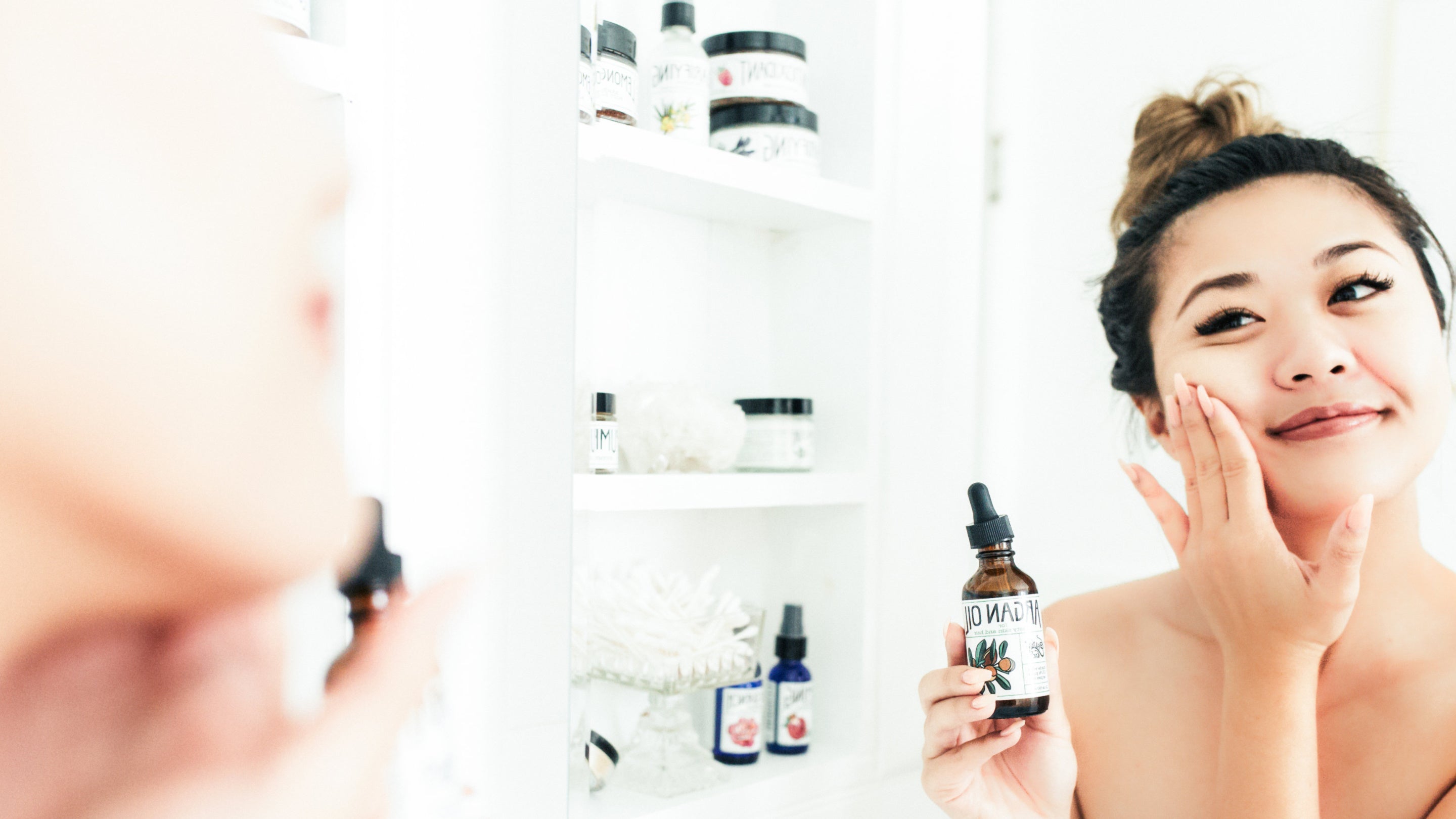
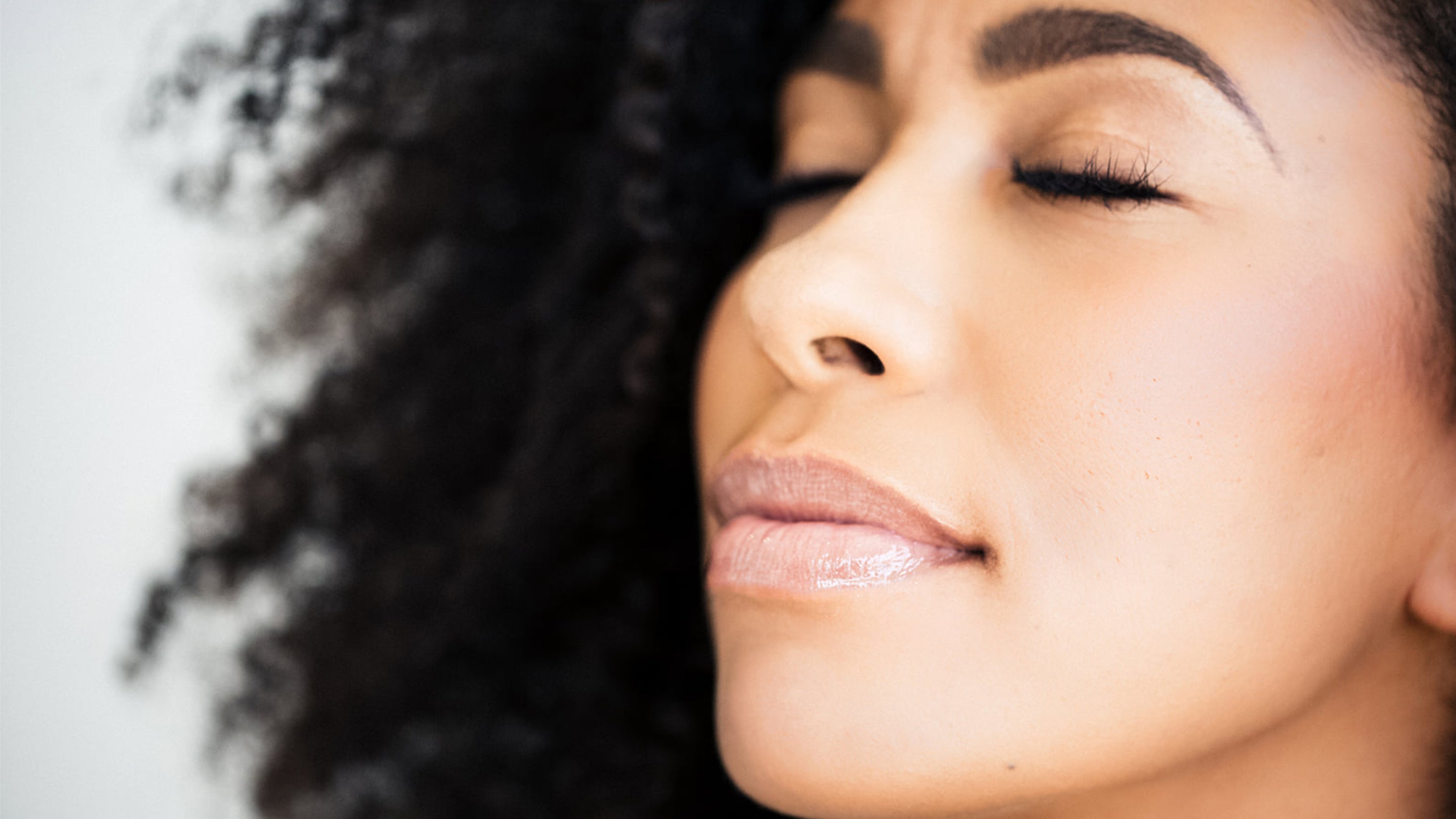
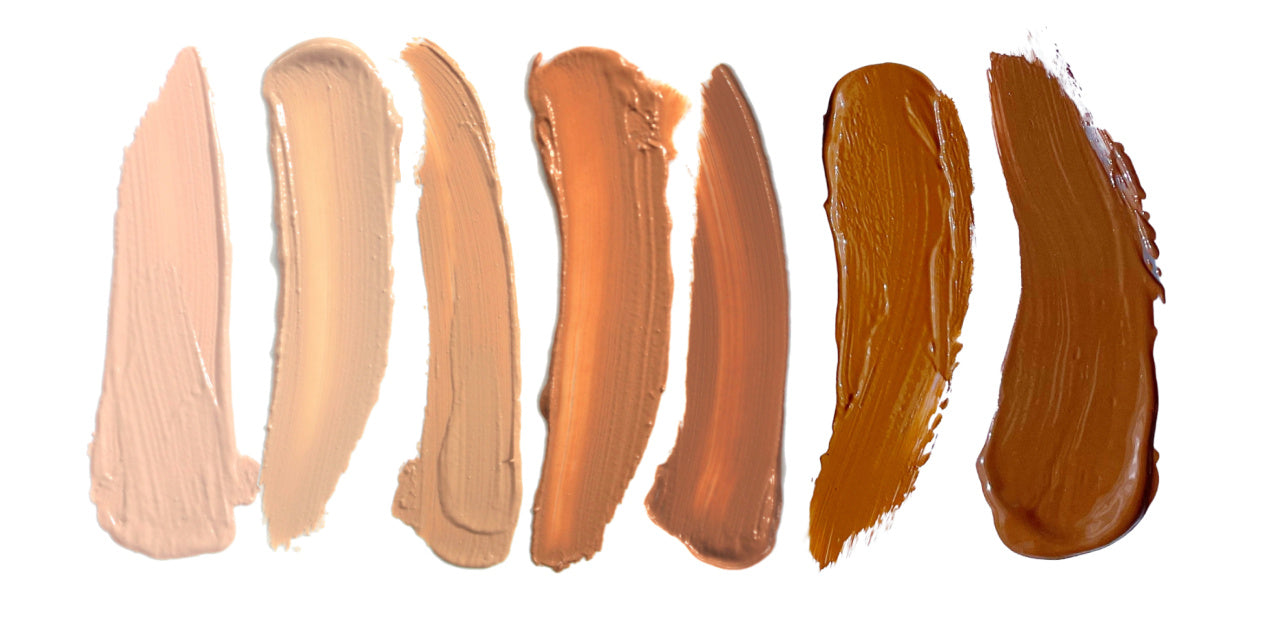
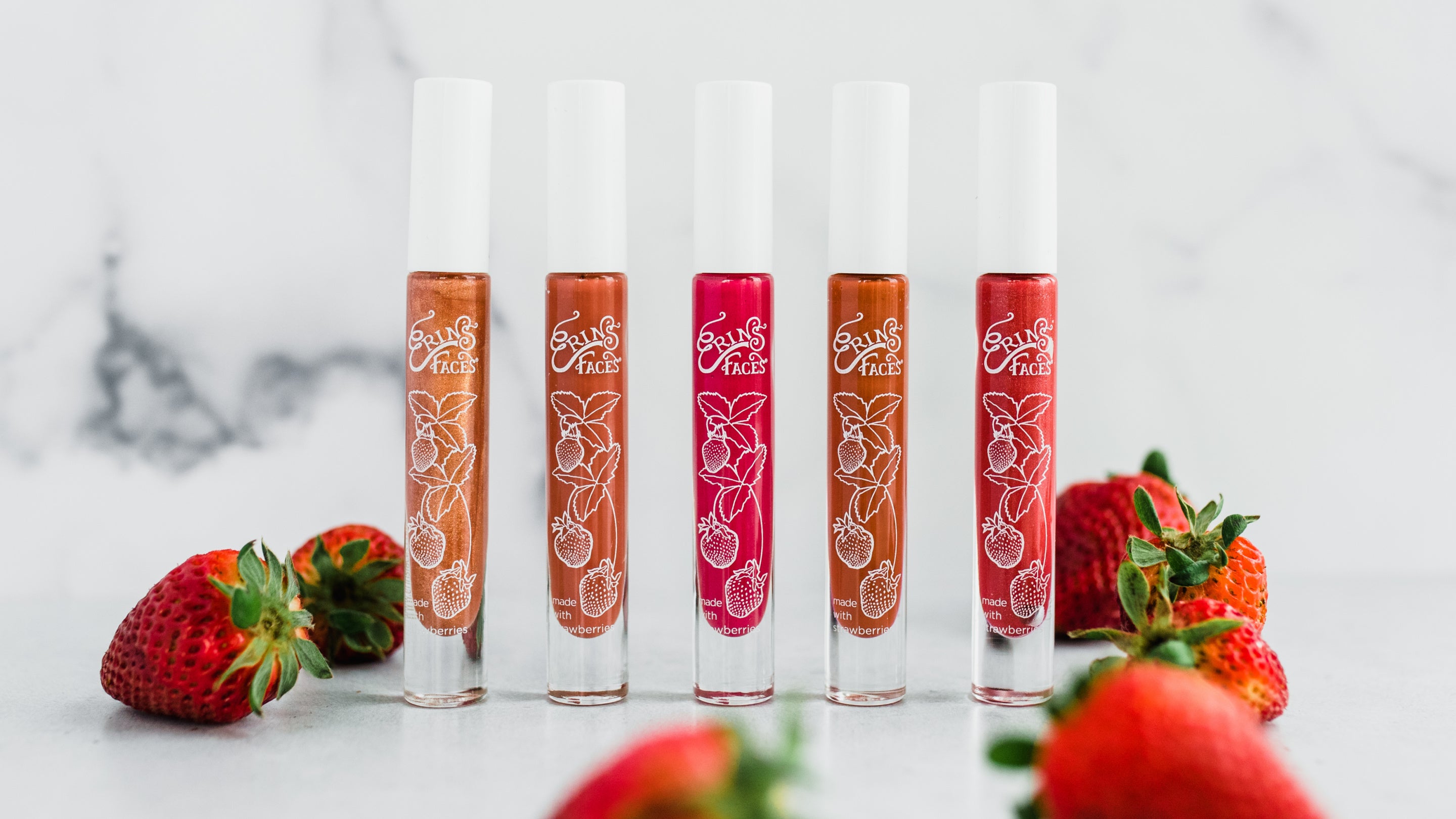

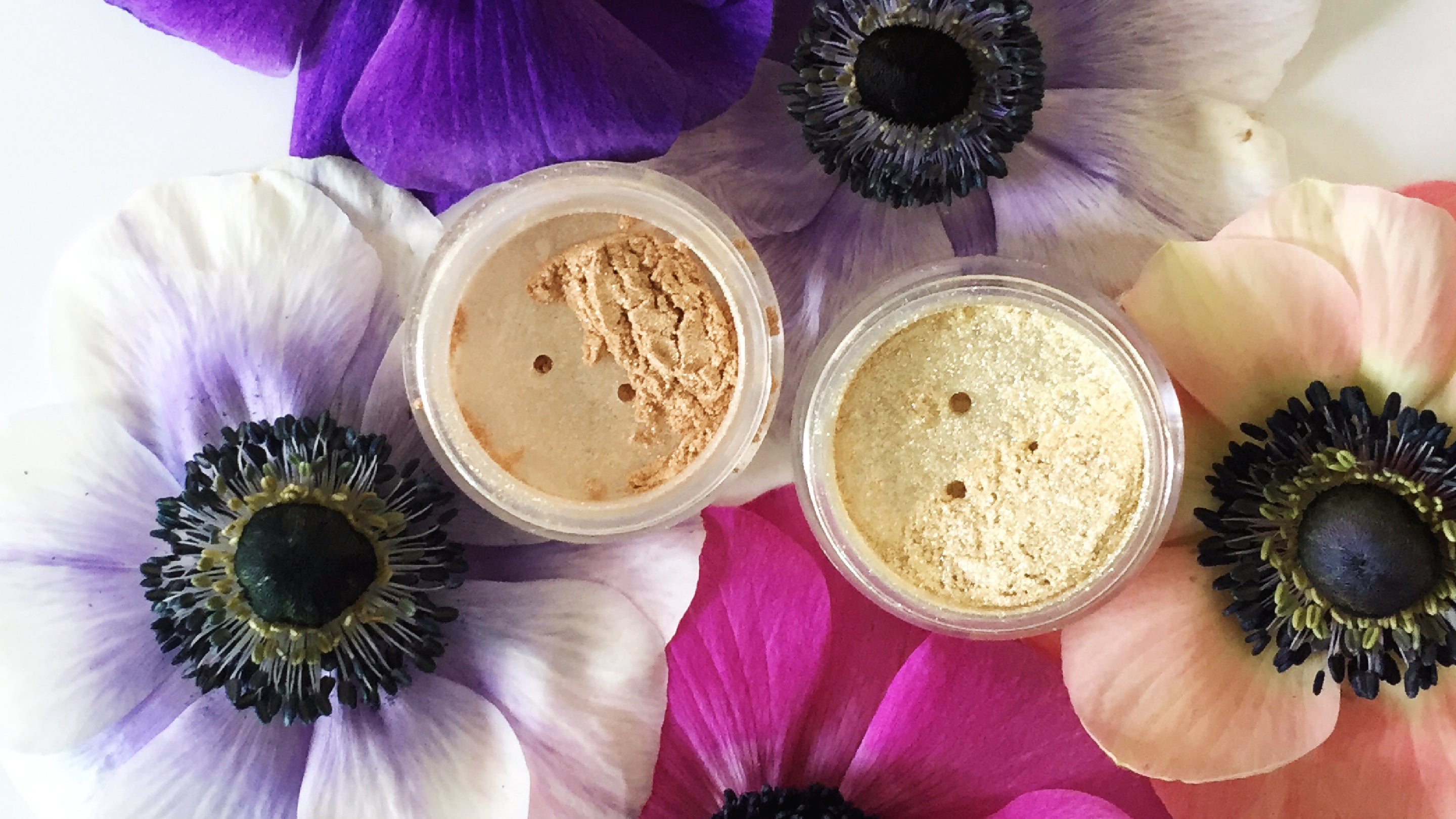
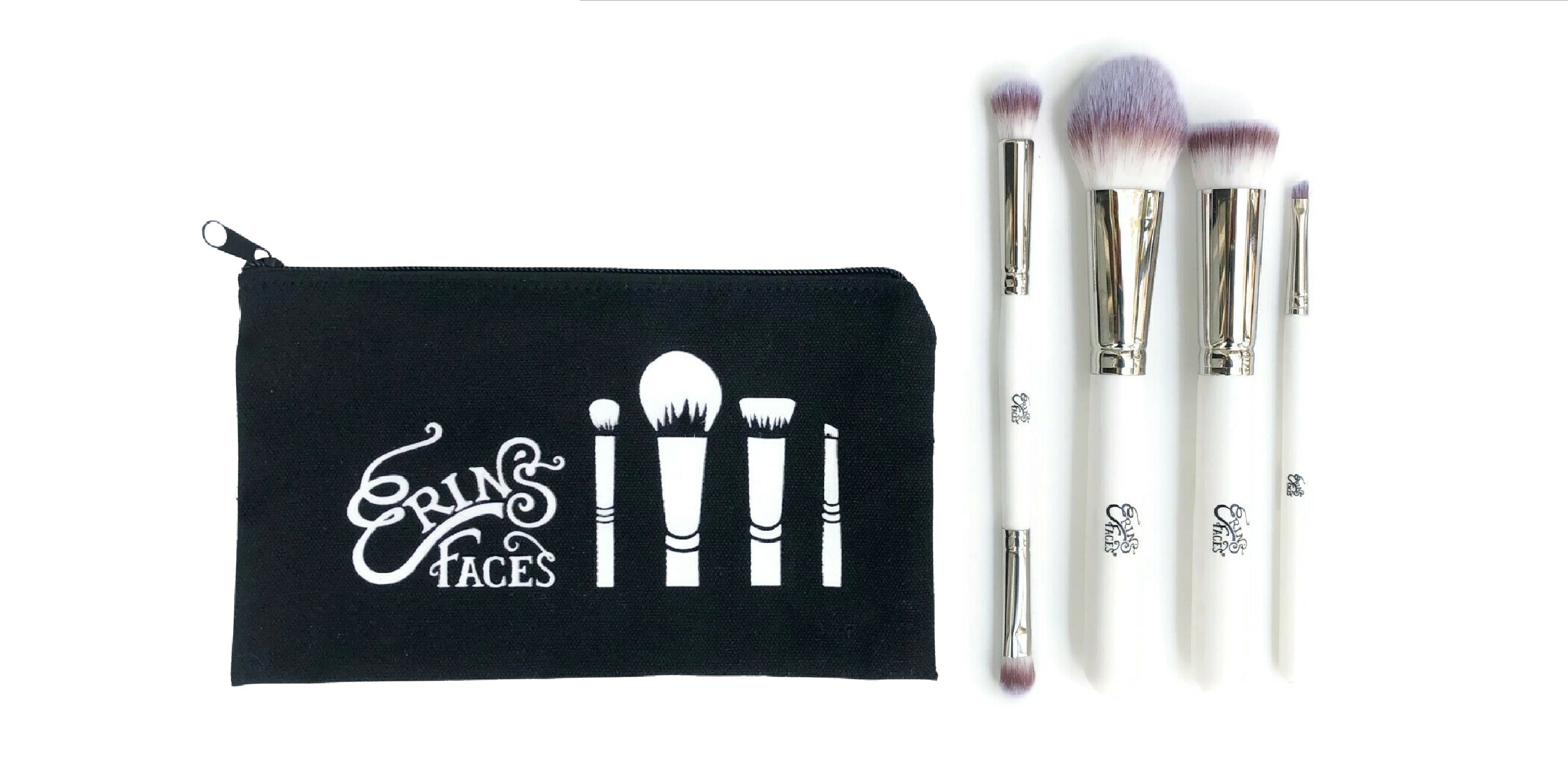
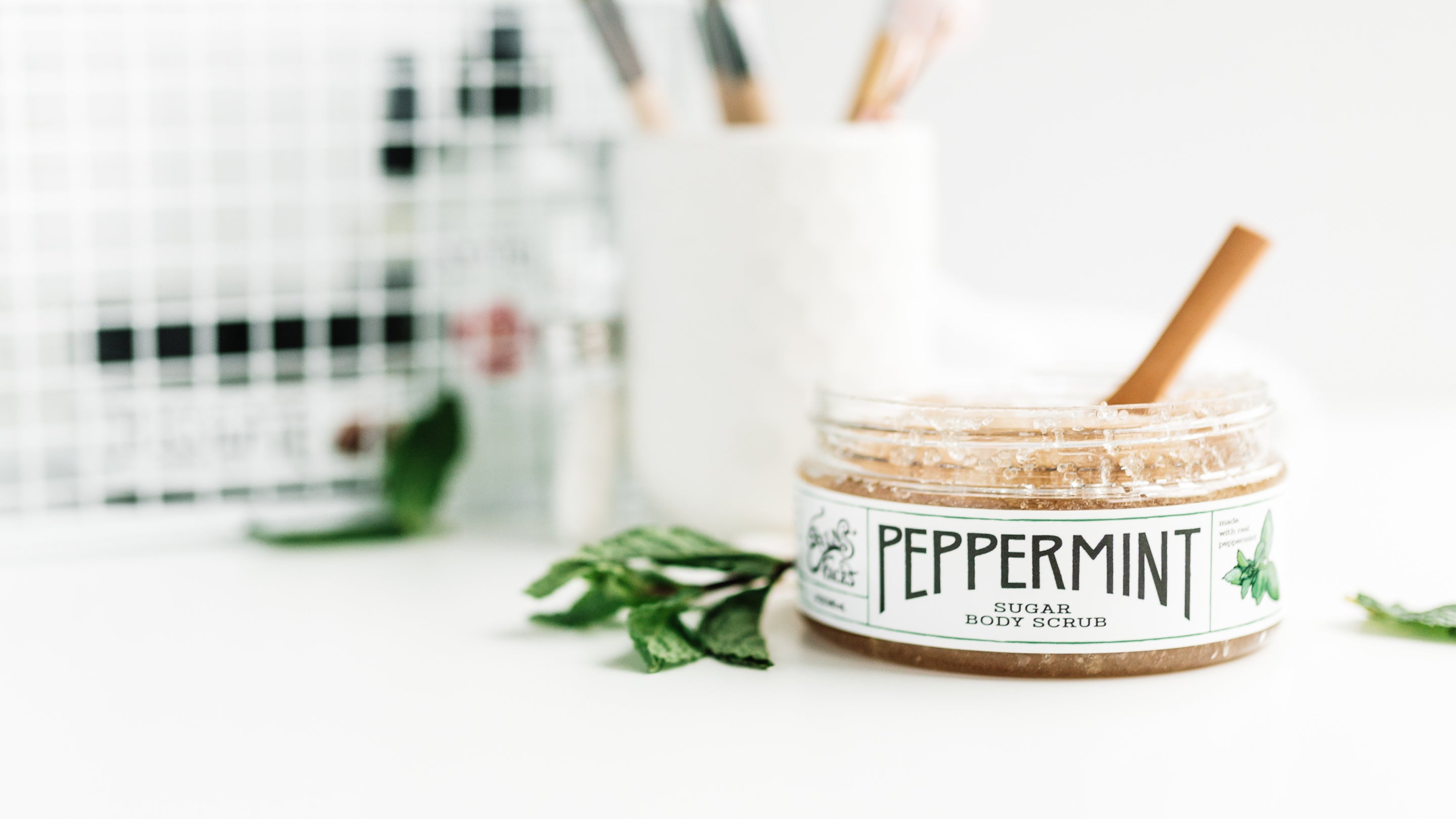
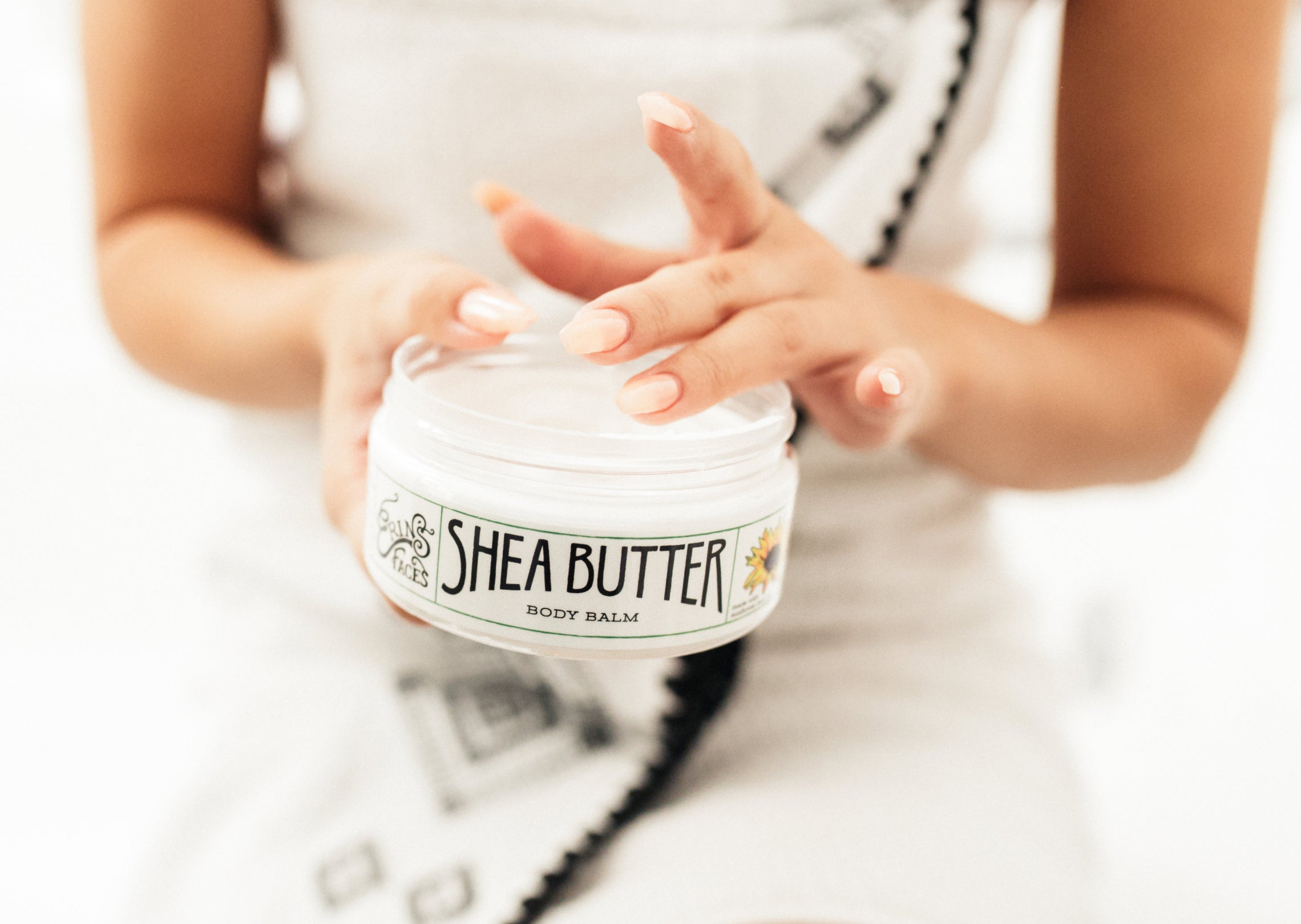
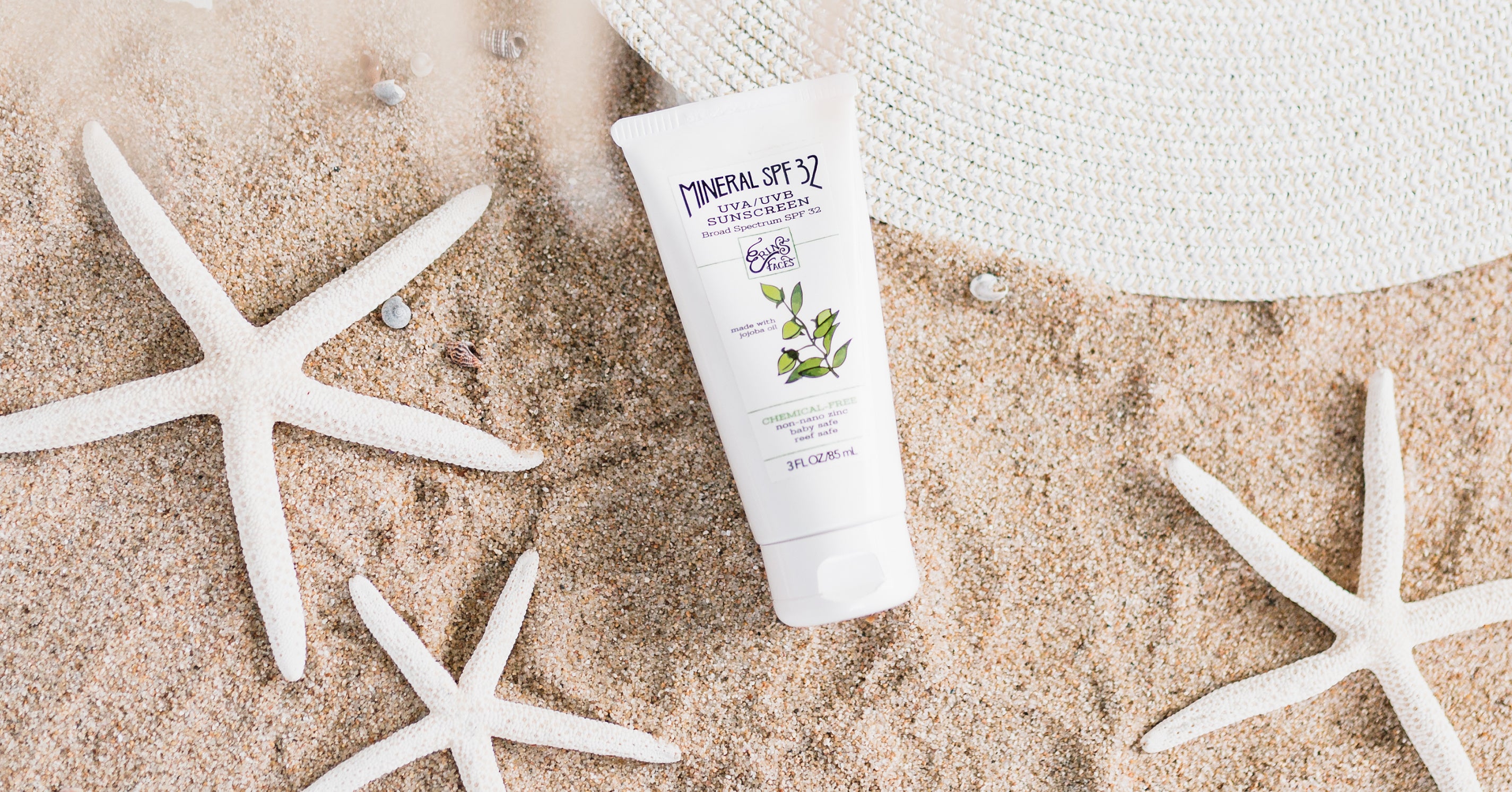




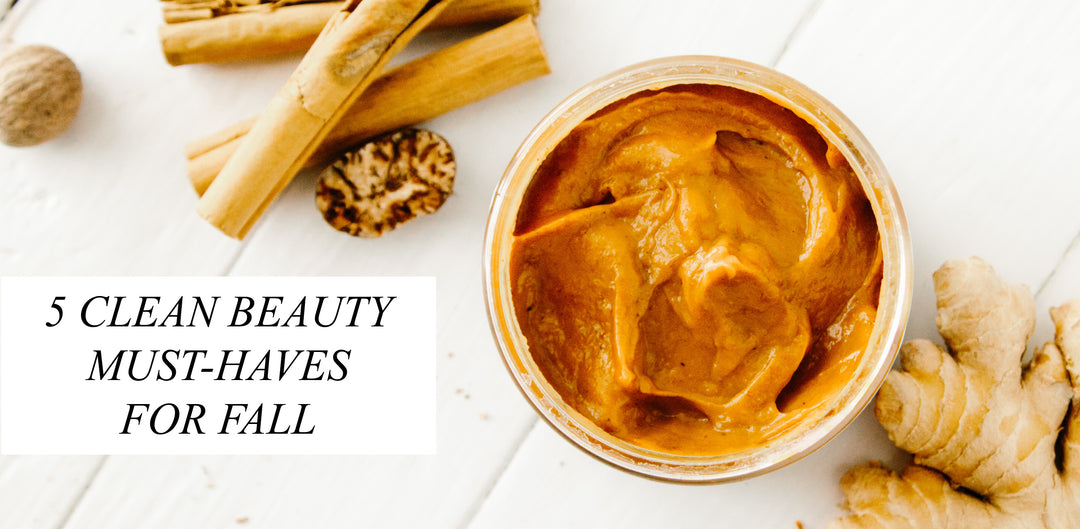

Leave a comment